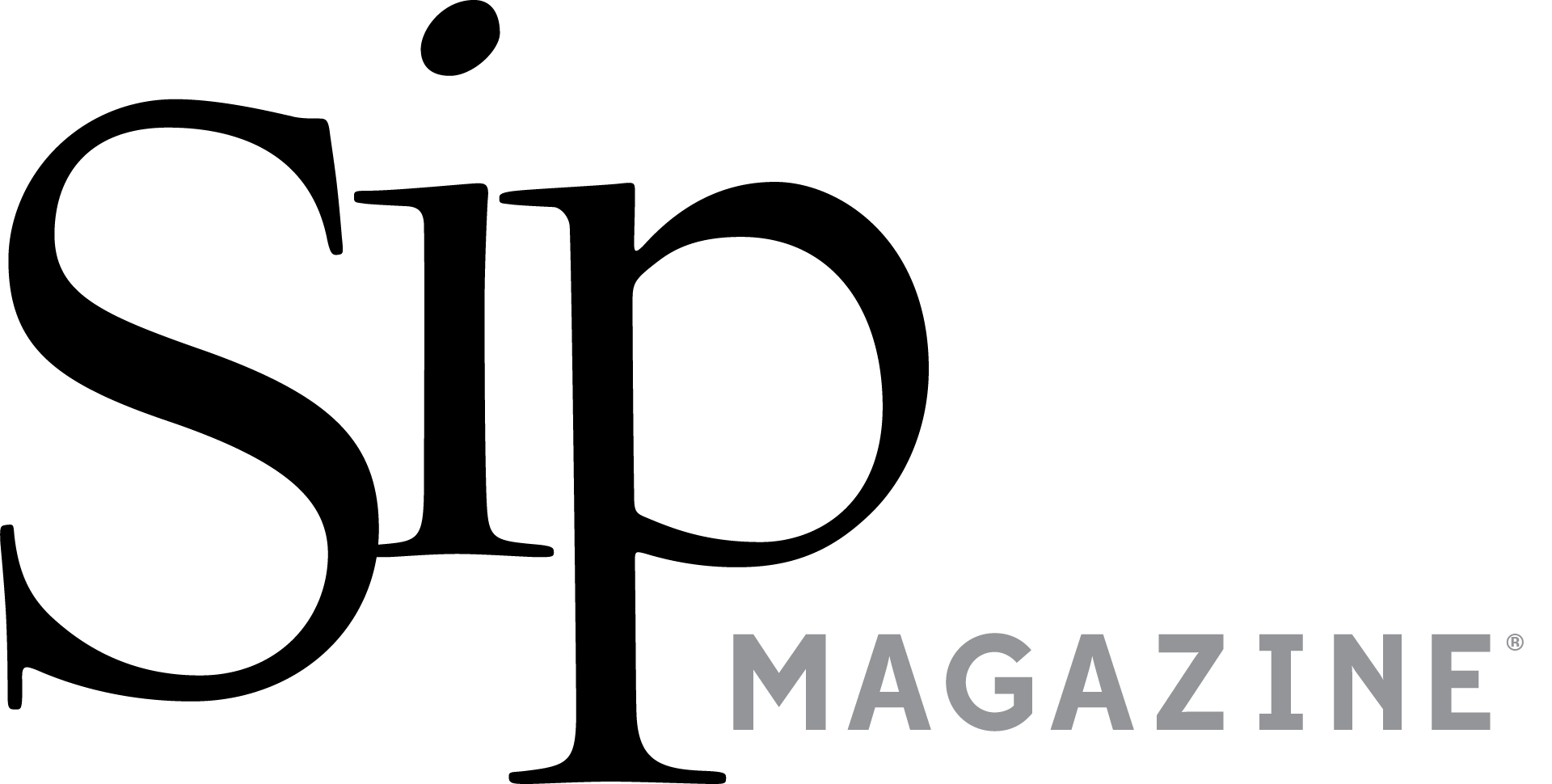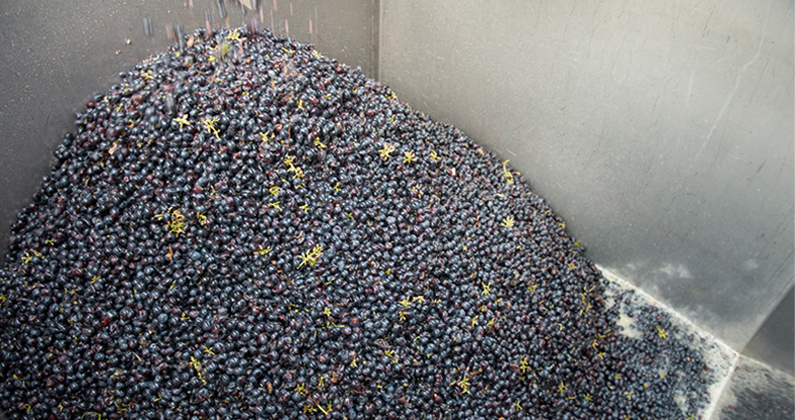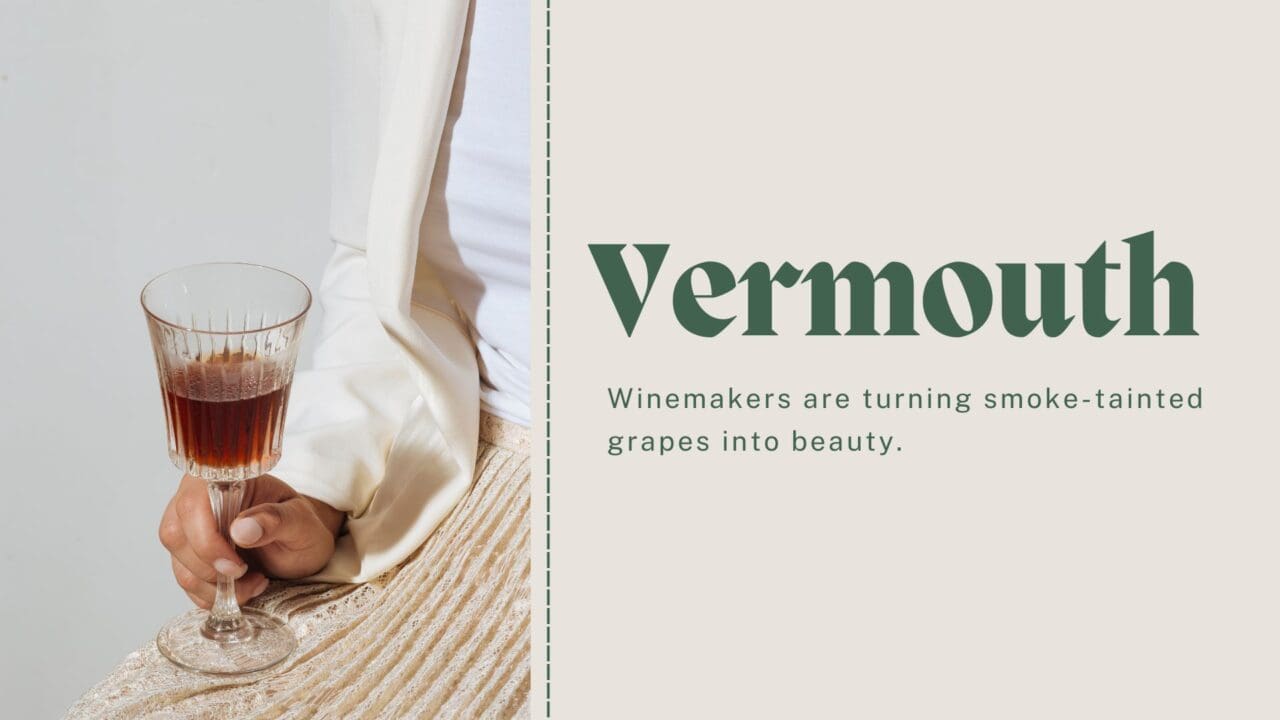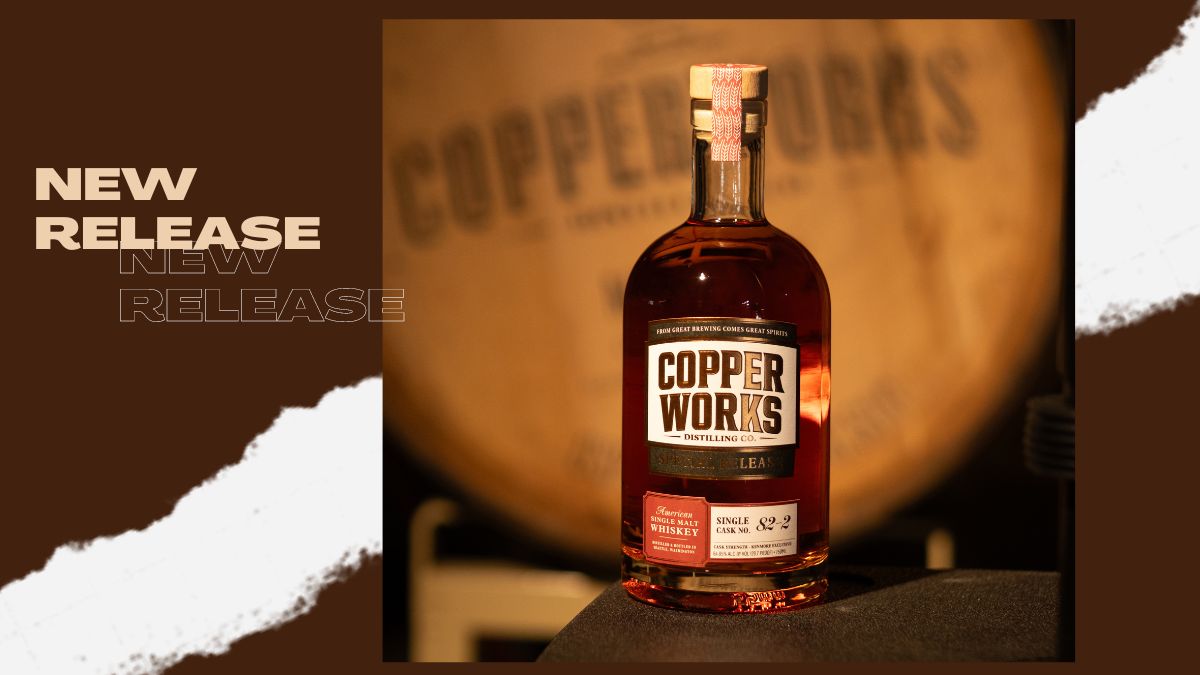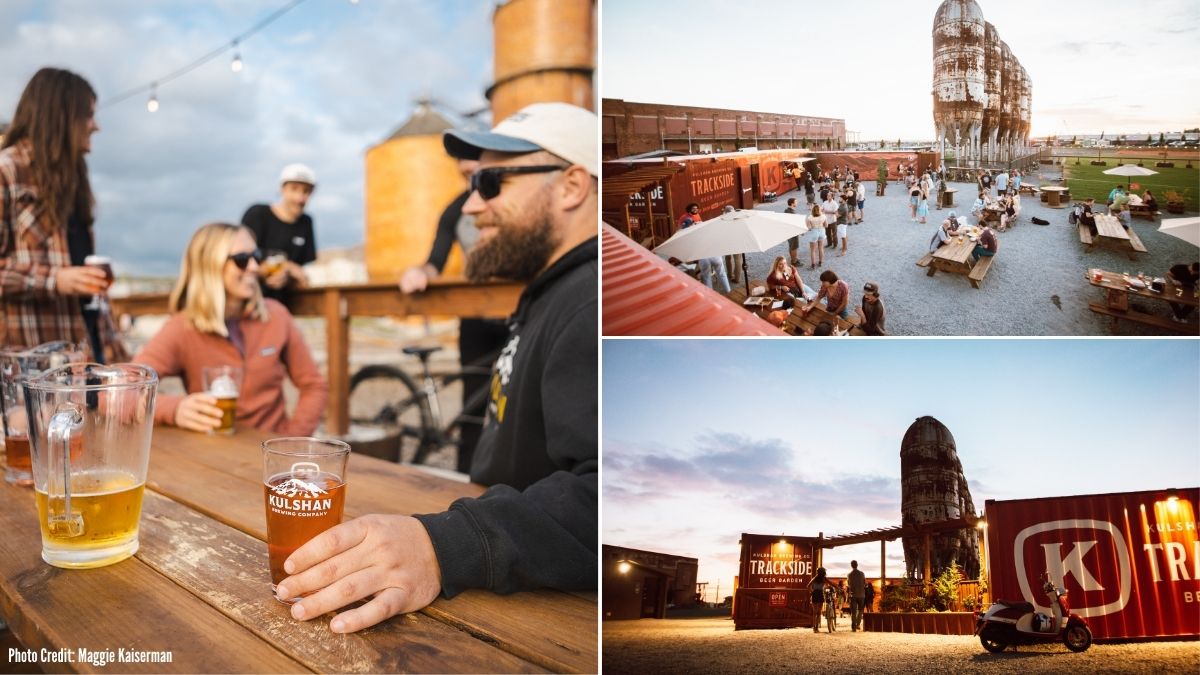Back for the second part of this two-part series, Washington grape growers and winemakers look into their crystal balls to predict the future for wine in the state, all in honor of Washington Wine Month in August.
Last week, we chatted about what these pros think is in the pipeline for the drink and what they would like to see happen with Washington wine as well as Washington wine culture. Now, we tackle what they hope to give the consumer and what they’d like in return.
What are you trying to give the consumer with your wine?
“One of the things I’m focusing on since taking over [winemaking] is our wine club to see what people find is interesting… We have 1,500 people in a wine club so, in a way that doesn’t modify the existing program, we can [showcase] different varietals by providing the wine club with a few different wines so they’re not coming here and tasting two Syrahs and a Cab blend and a Cab every day, then every six months getting the same thing. I’m focusing on making a Grenache, a Malbec, a Chenin Blanc [and] hopefully people will find that interesting. Here’s what you get in the wine club, it’s not the same stuff that you can get at Safeway. There’s so much potential not only in what we grow but what we can source. We can test the waters with a wine club.” — Mark Fiore, winemaker at EFESTĒ
“Joy and a little intrigue. Each wine we make is a vector for the place the grape was grown. We have chosen to work with these vineyards because we believe they have a distinct identity. Through that lens, we hope they are delicious and occasionally inspire our customers to ask why and lean in a little further to explore what we at W.T. Vintners and Washington wine has to offer.” — Jeff Lindsay-Thorsen, winemaker/partner of W.T. Vintners and Raconteur Wine Co.
“We want the consumer to taste our wines and taste Red Mountain and remember the experience they shared with us when they selected the wine. We want the wine to enhance the experience they have when they are drinking and sharing the wine.” — Shae Frichette, co-owner of Frichette Winery
“Really well-made, small bottlings of Washington wine that isn’t slammed with oak. This state is good enough to make phenomenal wine without a bandaid or a mask. Don’t get me wrong, I love a good punch to the face of oak on a Friday night, but the challenge in creating just as good of a wine or better without that is much more interesting to me personally.” — Ashley Trout, winemaker/owner of Brook & Bull Cellars and Vital Wines
What is a trend, style or movement you hope to see consumers support?
“I’d like to see more people from the western part of the state come to wine country. I don’t think most consumers understand how special it is what we have here, on a world scale how cool we are. If you look at the scores and the quality wines, it’s right here in our backyard. When I’m in Seattle and I talk to people, I ask them if they’ve been out and they say ‘no.’ I think vise versa too, the folks over here need to spend more time with the consumers and where they are.
We have this huge capacity to influence the world because the western side of the state is such a magnet for international travel. If we got more behind our home story, more people would come here to drink Washington wine and bring back the story with them. I think collectively our whole beverage industry needs to stand our ground because it’s a great product. We should peddle our Washington wine culture to the world.” — Kent Waliser, director of vineyard operations at Sagemoor Vineyards
“I’d like to see consumers reach for some producers that they’re not familiar with. It’s easy to get behind the big [names] that we recognized and appreciate because of their track record, prowess, marketing. There are so many other producers in state, it’s wild to see how many are out there now. I think that consumers’ willingness to peek at new producers would be a welcome thing.
That’s our job as individuals who run wine bottle shops to make sure we have some of those wines on our shelves and for the producers, too, to figure out entry into the market. I think that goes hand in hand with education. The more educated wine drinkers are in the state the more willing they will be to taste and experience new things.” — Cole Sisson, owner of Doe Bay Wine Co. and The Orcas Project
“We are making wines that are more restrained, nuanced, elegant and expressive of the Rhône varietals and the land in which they were grown. We make a very distinct style of wine and we want our consumers to know that there is consistency across our products offerings. Of you like our Cinsault for example, you know you’ll also enjoy our Châteauneuf-du-Pape-style blend. We hope they support that!” — Lacey Lybecker, owner of Cairdeas Winery
“It is super exciting to see people embracing different varieties, winemaking styles and different regions. It would be great to see it go even further, when consumers actively seek out high-acid whites with the same enthusiasm as red wines. When people stop seeing ‘light’ as a bad description of red wines, and instead look at it as an asset.” — James Mantone, winemaker/vineyard manager/co-owner of Syncline Winery
